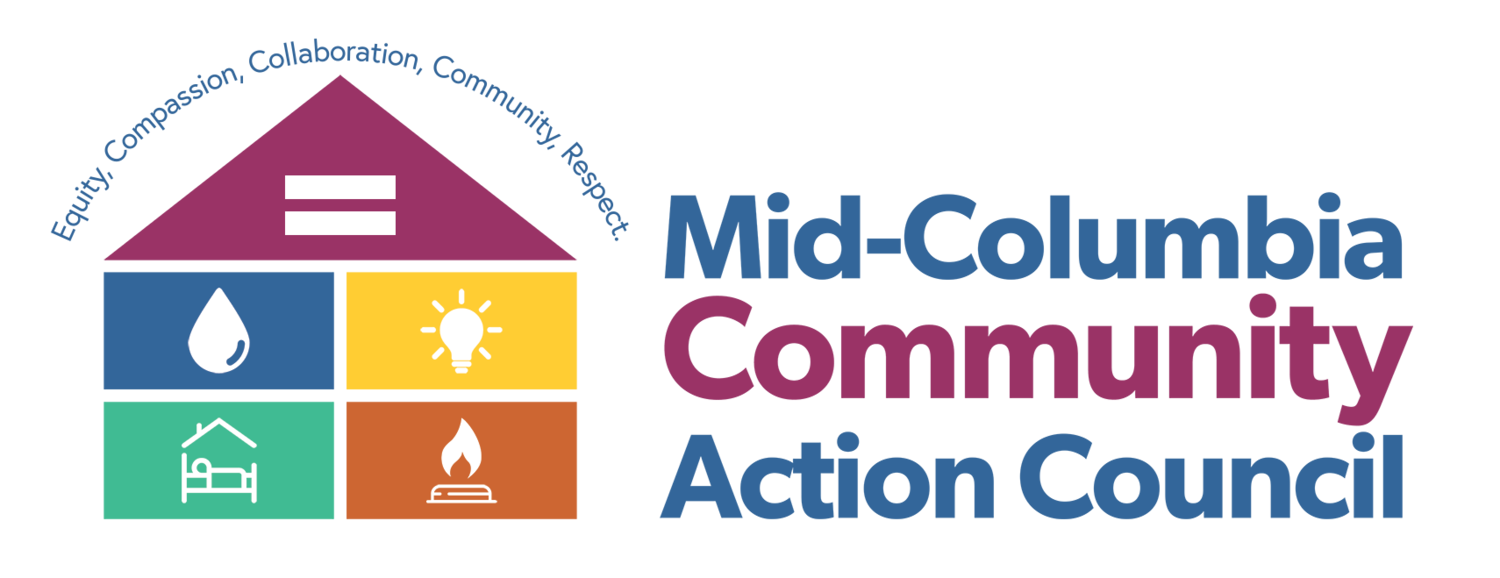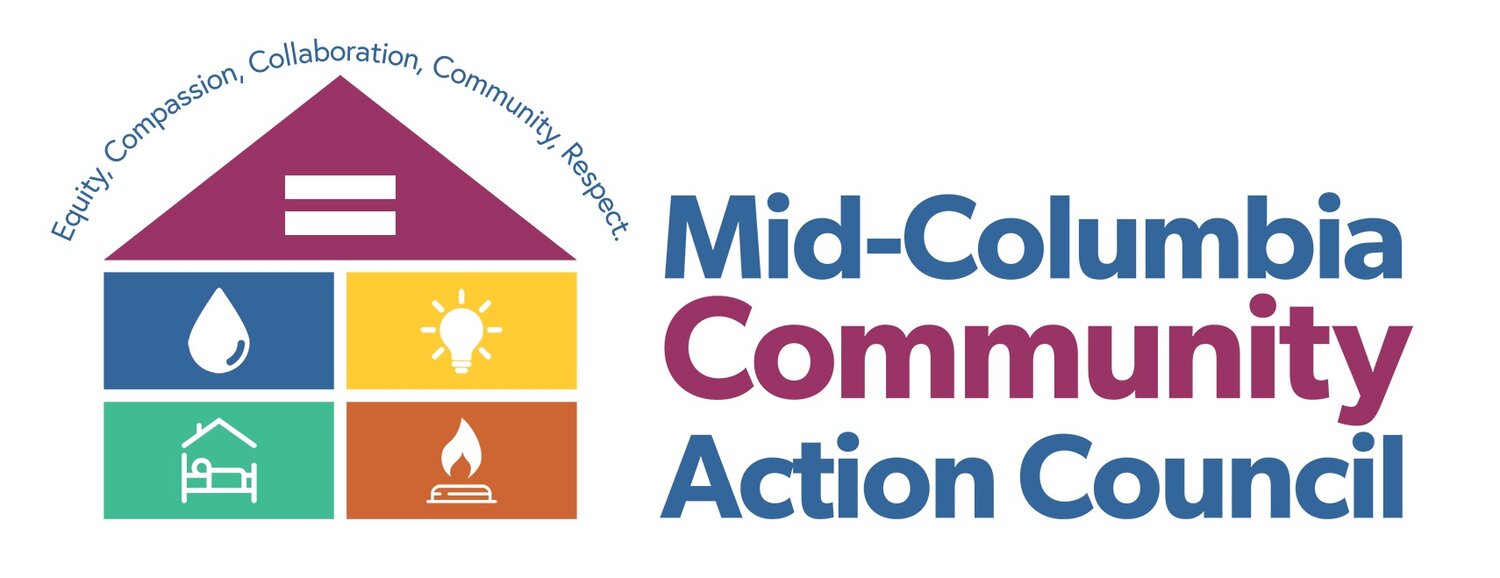How nonprofits count the houseless
By Nathan Wilson Columbia Gorge News
Feb 4, 2025
THE GORGE — “I’m going to break a record today. I’m going to count all of them,” said Brandon Johnson, recovery mentor for the nonprofit Bridges to Change.
Last Wednesday, about 50 social workers started their day with the same goal: Find and survey all the unhoused people in Hood River, Wasco, Sherman, Skamania and Klickitat counties within 24 hours. Part of a federally mandated Point in Time (PIT) Count, Johnson and others dove into liminal spaces, looking for those that society prefers to keep invisible.
The Mid-Columbia Community Action Council (MCCAC) led these efforts in Oregon while Washington Gorge Action Programs (WAGAP) coordinated across the river, and volunteers from partner organizations filled in their ranks. Johnson, joined by Tiffany Fine, began counting at Lewis and Clark Park in The Dalles, where St. Vincent de Paul provides a community breakfast every weekday morning.
“If we’re fully transparent about what we’re doing and we’re being respectful, it makes them drop their guard a little bit,” said Fine, HIV outreach specialist for the Eastern Oregon Center for Independent Living. “I also let them know that there are sensitive questions, and at any time, they can tell me that they’re not answering any of the questions.”
As folks enjoyed turkey pot pie, conchas and donuts, Fine and Johnson asked more than 20 people if they had a home to sleep in. If they said no or were living in a shelter, Fine and Johnson followed up with questions about substance use, whether they were experiencing sexual abuse, any physical disabilities and other personal information.
Those answers help Mid-Columbia Houseless Collaborative, MCCAC, WAGAP and more than 40 partners, identify both where their programs are succeeding and where they’re falling short — a snapshot of houselessness on a single night — but getting answers requires trust.
“The pre-built relationships and also the skills that the people doing this work every day are really integral for getting true and accurate information,” said Miriam Starrett, MCCAC’s community engagement coordinator. When it’s a familiar face with trauma-informed and de-escalation training, the process is much easier. Having lived experience also helps.
“Back in 2016 and 2017, I was houseless in this area, so I pretty much know all the trails, all the camps,” said Johnson. “If somebody knows me at the camp, they know I’m cool.” Ears perked up when Johnson mentioned he had McDonald’s gift cards and a van full of supplies, too.
Johnson, Fine and other counters targeted places unhoused folks go for resources in The Dalles, like Safeway’s bottle drop, the Salvation Army and the Gloria Center. As for finding encampments, Johnson said he relies on word of mouth and his prior knowledge, but locating unhoused people is inherently challenging.
“The whole point of being houseless, in setting up a camp, is finding a place where no one’s going to care that you’re there, or where they can’t see you,” he said.
When approaching encampments, Johnson explained how it’s important to announce yourself, go individually as opposed to in a group and carefully watch body language. You never know what a houseless person is experiencing, so if Johnson saw signs of aggression, sometimes he had to simply walk away.
Unhoused folks aren’t just in metropolitan areas either. Starrett said the houseless collaborative, which started conducting the regional PIT Count in 2023, involved the United States Forest Service to capture more remote areas. Native service partners like Nch’I Wana Housing, The Next Door and Áqwłtpwisha Chúushna of Bridges to Health also ensure Indigenous in-lieu fishing sites along the Columbia are accounted for.
Even so, Johnson firmly believes that people are falling through gaps. He guessed that last year’s PIT Count, which documented 345 houseless individuals across the five counties, is just half of the actual population. Johnson wants more counters, and Fine hopes to see a greater diversity of questions asked.
“What services do the individuals that we’re interviewing, what do they think that we are lacking?” said Fine. “What are the barriers that they’ve run into?”
According to Starrett, preliminary data from this year’s PIT Count will be available in April, but the final, official numbers sent to the U.S. Department of Housing and Human Development won’t come until the end of 2025. In reflecting on the process, she emphasized the houseless collaborative’s partnerships.
“We live in a special place, and I’m sincerely grateful to our partners,” said Starrett. “We couldn’t do it without them.”
If you’d like to support the PIT Count, donate supplies for MCCAC’s warming bundles, including blankets, hats, gloves and hand warmers. To figure out a drop-off location, contact mstarrett@mccac.org.

